No Results Found
The page you requested could not be found. Try refining your search, or use the navigation above to locate the post.
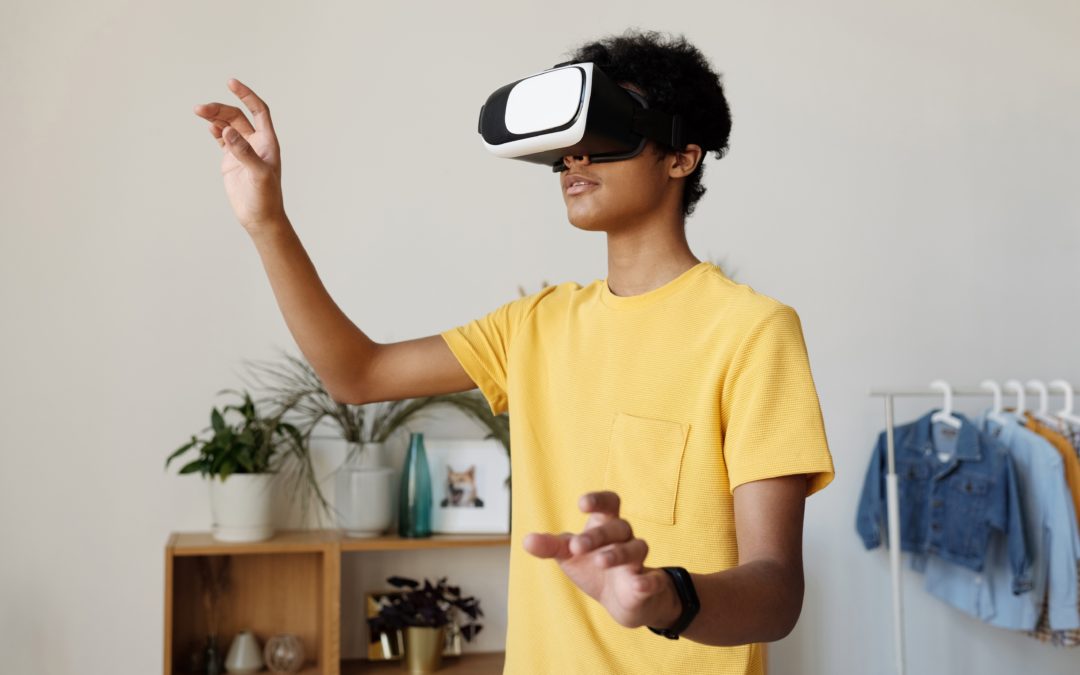
Since virtual and augmented reality are making their way into practically every aspect of our everyday lives, it is only natural that they would find their way into marketing, which is increasingly reliant on digital media. Digital marketing is defined as any type of marketing that uses electronic devices or digital content to deliver its message. Virtual and augmented reality are both examples of this. So, how can you make the most of this maybe still obscure technology? How can something that is still new and developing help your project or business? The explanation is simple: virtual reality’s unique traits — its uniqueness and lack of exploration – are precisely what makes it popular, trendy, and a breath of fresh air in the middle of all the tired marketing tactics we have seen before. Look at some basic, uncomplicated ways to use virtual and augmented reality into your marketing, and how this may help you increase your earnings in no time.
Virtual Tours
One of the most important ways this technology can benefit your business is by allowing your consumers to take a virtual tour of your choice. Do you have a store of your own? A restaurant? Or possibly a manufacturing facility where your product is made? Your consumers can put on a virtual reality headset and be instantly transported to another world, thanks to the miracles of virtual reality. They can either glance about the environment and experience the ambience, or they may be able to wander around and find new things, depending on the complexity of the program. Virtual tours are an excellent approach to introduce your places to customers who are unable to visit them in person.
New Launch Hype
Assume you have been developing a new product. It has been in the works for some time and is soon to be released to the public. Traditional advertising and marketing tactics are in place, but virtual reality may be worth considering. You can generate buzz and gain interest by having your customers look at the product itself before the launch, or even test it out. When it comes to launching a new product, you want as much attention as possible.
Product Testing
Whether your product is new or not, allowing customers or clients to try it out before purchasing is always a good idea. That way, they can get a sense of how the product functions and how it might appear in their home or on their person, and they will be more confident and happier with their purchase, boosting the chances of their return to you for more. It is a win-win situation for everyone. Virtual reality product testing can be used on a wide range of products, from garments and footwear to automobiles and other modes of transportation, as well as travel packages and real estate. Customers will appreciate the opportunity to try out the product.
Building Relationships
You are building your customer relationships by incorporating virtual reality into your marketing initiatives in all these ways. This is particularly true among the younger generation. New technologies spark people’s attention and provides an opportunity for them to learn more about your organization and/or projects. Through virtual reality, you can quickly explain how your business runs and how your staff contributes to a common goal, allowing your customers to feel more emotionally invested in the result.
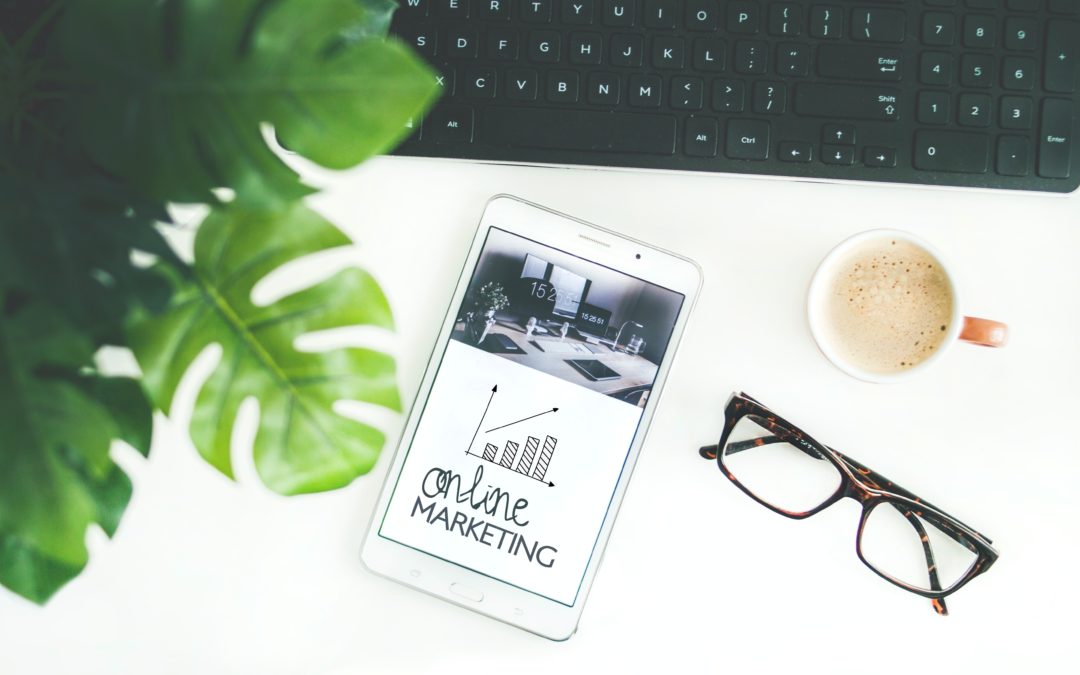
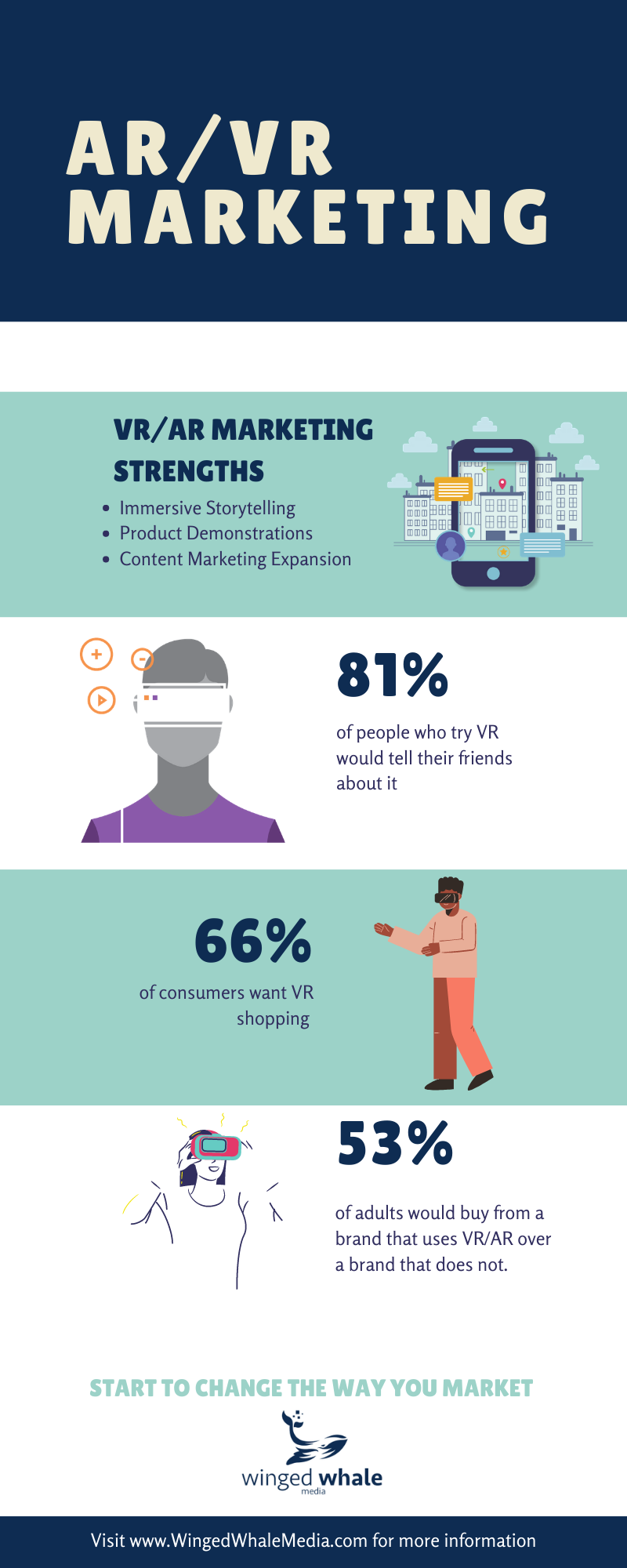
This age market is driven more than ever by the needs and desires of consumers. Augmented reality (AR) and virtual reality (VR) are emerging marketing trends that enable brands to provide unique experiences to their customers while tapping into the convenience of their mobile devices. Immersive storytelling, product demonstrations, content marketing expansion, and letting customers try before they buy are just a few of the benefits of VR and AR marketing. According to recent studies, about 2/3 of consumers want to shop using VR, and more than half would prefer to buy from a brand that employs VR/AR. Virtual reality and augmented reality aren’t just new frontiers in gaming. They stand to be one of the driving forces behind marketing innovations over the coming years.
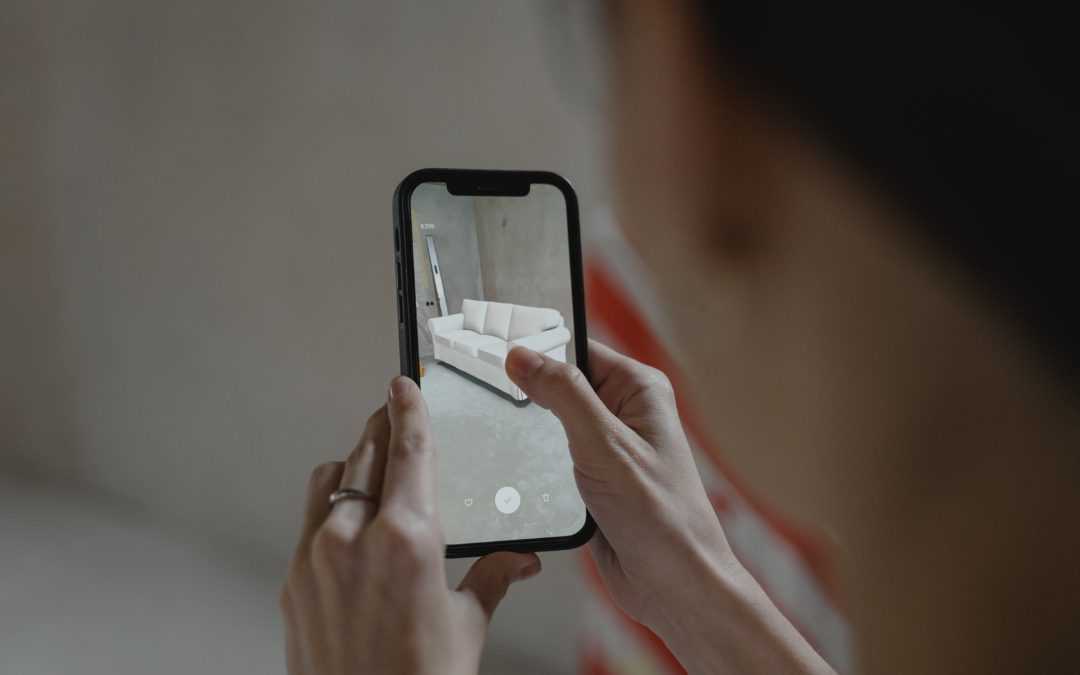
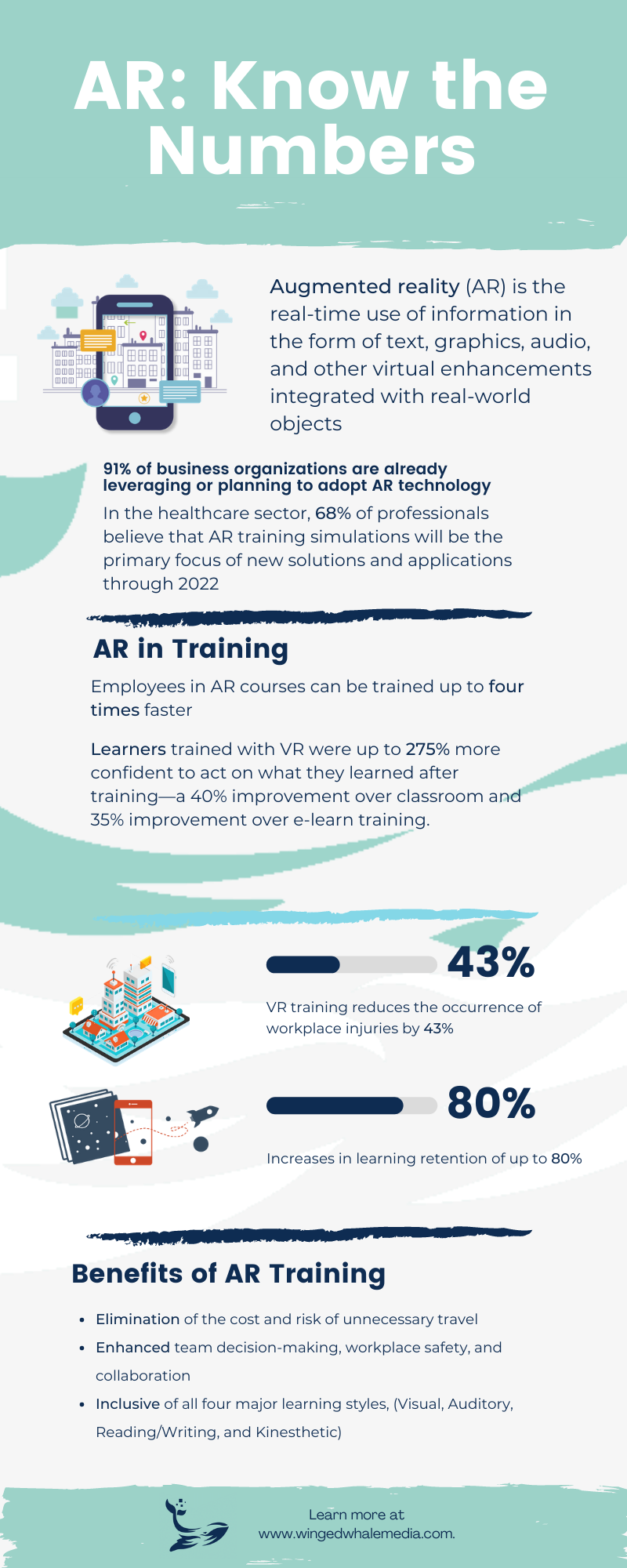
Augmented reality (AR) is the real-time use of information in the form of text, graphics, audio, and other virtual enhancements integrated with real-world objects. This immersive technology can provide risk-free environments and scenarios that allow employees to sharpen the skills needed for the job. The benefits of AR are limitless: it eliminates the cost and risk of unnecessary travel, enhances team decision-making, workplace safety, and collaboration, and includes all four major learning styles, (Visual, Auditory, Reading/Writing, and Kinesthetic). Employees in AR courses can be trained up to four times faster and were 275% more confident.

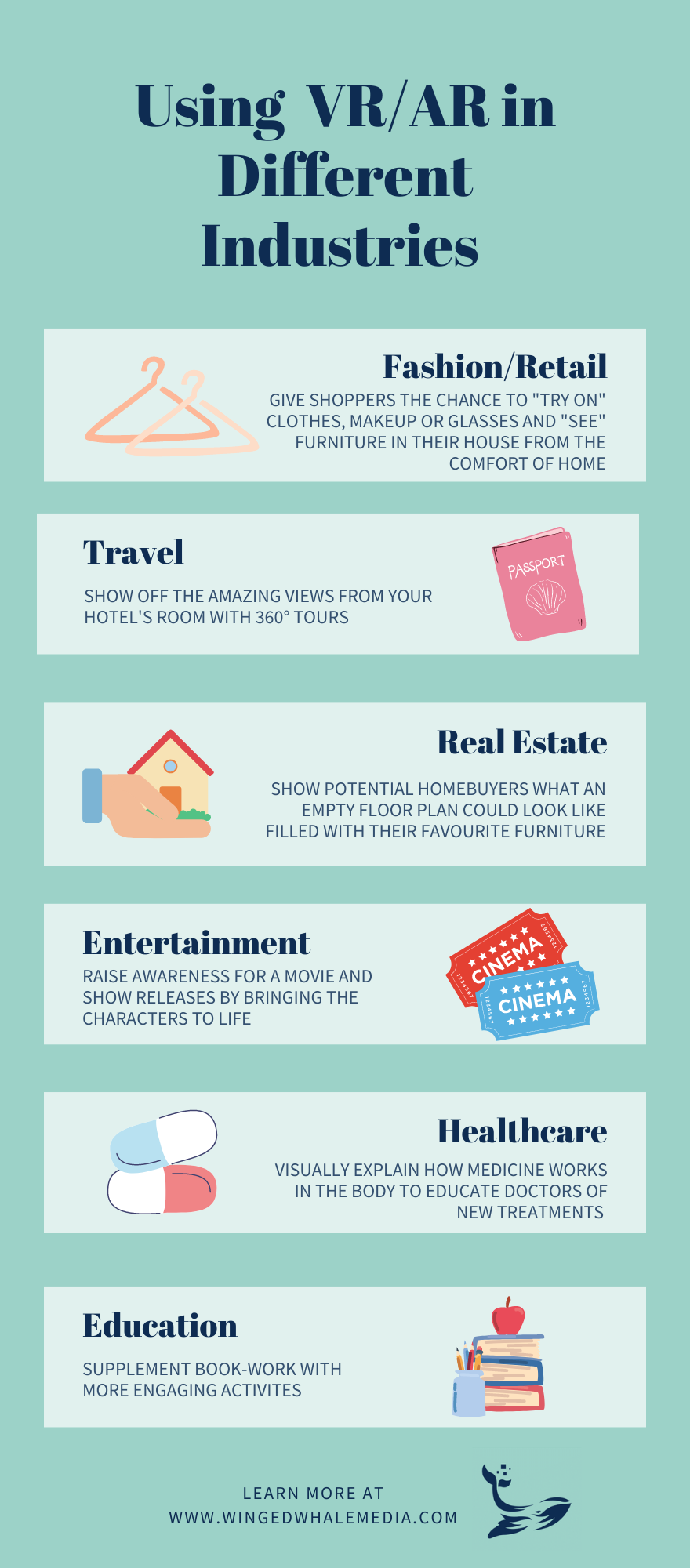
Virtual reality and Augmented reality are not just changing the way we game. Many other industries are adopting VR and AR to change the way they market or approach their demographics. Take the Automotive industry, for example, VR allows engineers and designers to experiment easily with the look and build of a vehicle before commissioning expensive prototypes. Huge brands like BMW and Land Rover are already implementing this technology. Other industries like fashion/retail and entertainment have also adopted this new technology to allow customers to try on clothing or chat with their favorite movie characters from the comforts of their home. Even the Real estate and travel industries have taken advantage of this new technology to show floor plans filled with the homebuyer’s favorite furniture or market the views from their hotel rooms. These are just a few examples of the uses of VR and AR. These new technologies are more than likely to influence your work[lace, hobbies, and life in the future. The possibilities of VR and AR are as endless as the human imagination.
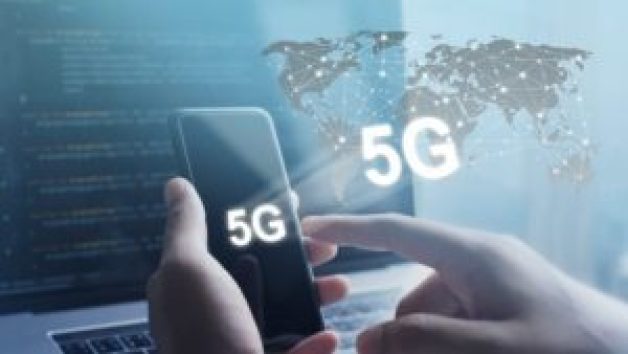
The market for Virtual Reality (VR), Augmented Reality (AR) and Mixed Reality (MR) has been getting a lot of hype this year – with Oculus’ new feature of hand-tracking and Half-life: Alyx. The Allied Market Research has estimated the growth that it will reach by 2025 (which will be up to $571 billion); Meanwhile, Goldman Sachs has also made an estimate of the two markets alone, which will be worth about $80 billion in that time frame. This then concludes a huge difference of $491 billion in those two forecasts alone.
Currently, the VR market has been pretty specific, with the hype around Half-Life: Alyx, beat saber, and much more – we know that the VR market is mainly focused on the gaming industry itself. But, with the AR’ market projection, we can see that AR has created multiple applications outside of the gaming industry, with education, business, communications and much more. This is partially why the market projections are so wildly different, nobody will know how large AR will grow or which markets will disrupt.
So what should an investor do? A good idea is to invest into a dominant platform stock, that could take advantage of augmented reality – so if and when the technology becomes widely adopted you can invest into these two strong stocks: for recommendation are, Apple (NASDAQ: APPL) & Autodesk (NASDAQ: ADSK).
Apple has been investing heavily in the augmented reality (AR) market. Unlike Google, we can see that Apple is, first and foremost, a device company. At the beginning of 2019 the company recorded that worldwide there are over 900 million active iPhone users worldwide; but, if we include IPads, the numbers would be approximately 1.2 billion, and with these numbers and devices Apple already has the potential to grow the AR market.
In 2017, Apple released a group of AR software development tools, called ARKit, and recently following it up with ARKit 2.0, last year. These tools can now allow many businesses and other developers to start building AR applications for these devices. With its huge ecosystem of devices, Apple has a serious advantage over any other companies.
Autodesk is one of the top leading platforms for 3D modeling and computer-aided design; with the company’s suite of products, it has become an industry-standard, starting with Revit and extending into other products like BIM 360, Navisworks, and 3ds Max. It all starts with the design model and the intergrain information that flows to more parts of the value essentials of the Autodesk suite.
One of the most famous examples of augmented reality (AR) is Pokemon Go, the game that started a trend a few years ago. However, what’s more interesting than the game itself is the AR software that creates the close-to-cinematic visuals – With Unity technologies, they recently valued at almost $6 billion by venture capitalists, that provided the software. Unity then plans to go public, during the first year of 2020, according to the website Cheddar.
The page you requested could not be found. Try refining your search, or use the navigation above to locate the post.
Source: https://immersivevrtechnologies.com
Beginning as a fad on your phone in the form of Pokemon GO, Augmented Reality (AR) has come a long way in transforming the way we interact and communicate with consumers. AR has also grown to have a more powerful impact on the success of various businesses, as AR allows them to transform how consumers see the world, unlike any other medium. If that isn’t enough, there are also the financial benefits, as according to a Statista survey, the AR global market is projected to grow from 5.91 billion to 198 billion USD by 2025.
To help illustrate the powerful impact that AR has on marketing and overall user experience, we will go over some case studies to see how AR is revolutionizing the tourism field.
The travel industry is all about developing an efficient yet unique experience for travelers, however, showcasing the uniqueness of a destination can sometimes be troublesome. Yet, analysts have stated that augmented Reality will drastically change the business of tourism and travel; simplifying communications, showcases, and overall providing convenience for travelers.
Here is a current list of how AR is improving your travel experiences!
Traveling to a foreign country without knowing the language or culture, is both overwhelming and frustrating. Smartphones, however, can be used with AR software to translate foreign languages to help you communicate and understand any culture you’re new to!
The page you requested could not be found. Try refining your search, or use the navigation above to locate the post.